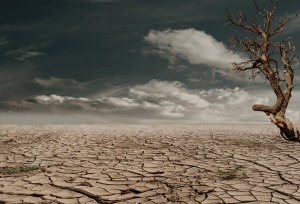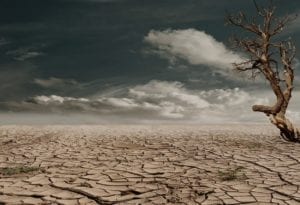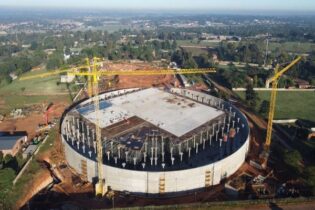 The North West Province is still being severely affected by the drought and the Department of Water and Sanitation (DWS) has called on the community to use water wisely while resources remain scarce.
The North West Province is still being severely affected by the drought and the Department of Water and Sanitation (DWS) has called on the community to use water wisely while resources remain scarce.
“The province has water availability challenges and demand will be high during these seasons for both domestic and agricultural use and the best we can do is to conserve this scarce resource,” said Sputnik Ratau, spokesperson for the DWS.
“As we welcome spring and the summer seasons, we would like to remind our people that water is a scarce resource and should be conserved, respected and enjoyed. Water is key to our socio-economic development, without it we cannot achieve our government priorities such as infrastructure development, food security and cannot produce food without water,” reiterated Ratau. The DWS reports that it will, together with its key stakeholders, continue to implementing various water resource reconciliation interventions in order to address the challenges faced by the water sector within the province. These include the development and implementation of water conservation or water demand management intervention measures, augmentation from local water supplies, augmentation based on non-conventional methods, water transfers from other supply areas and water reallocation between and across sectors.







